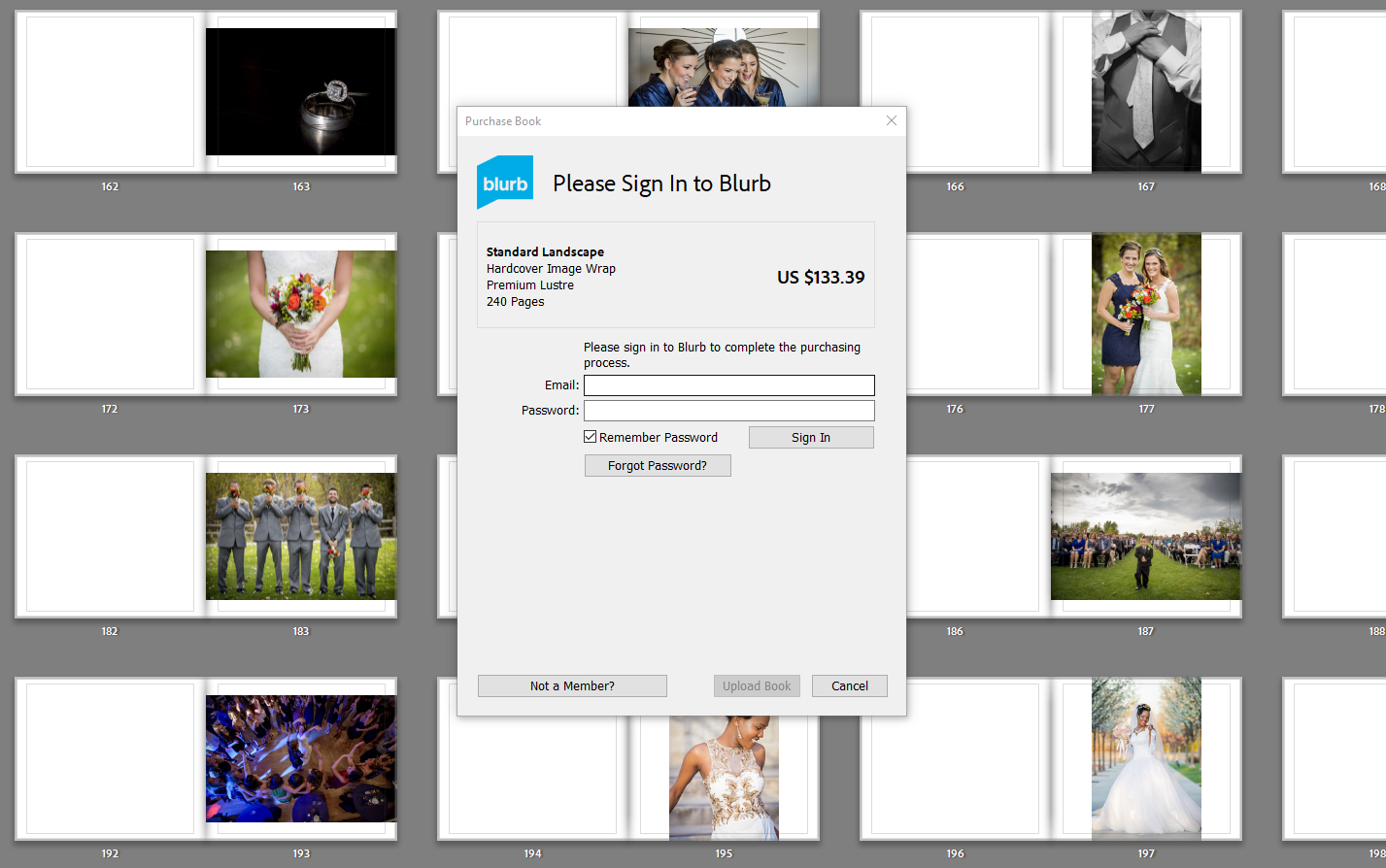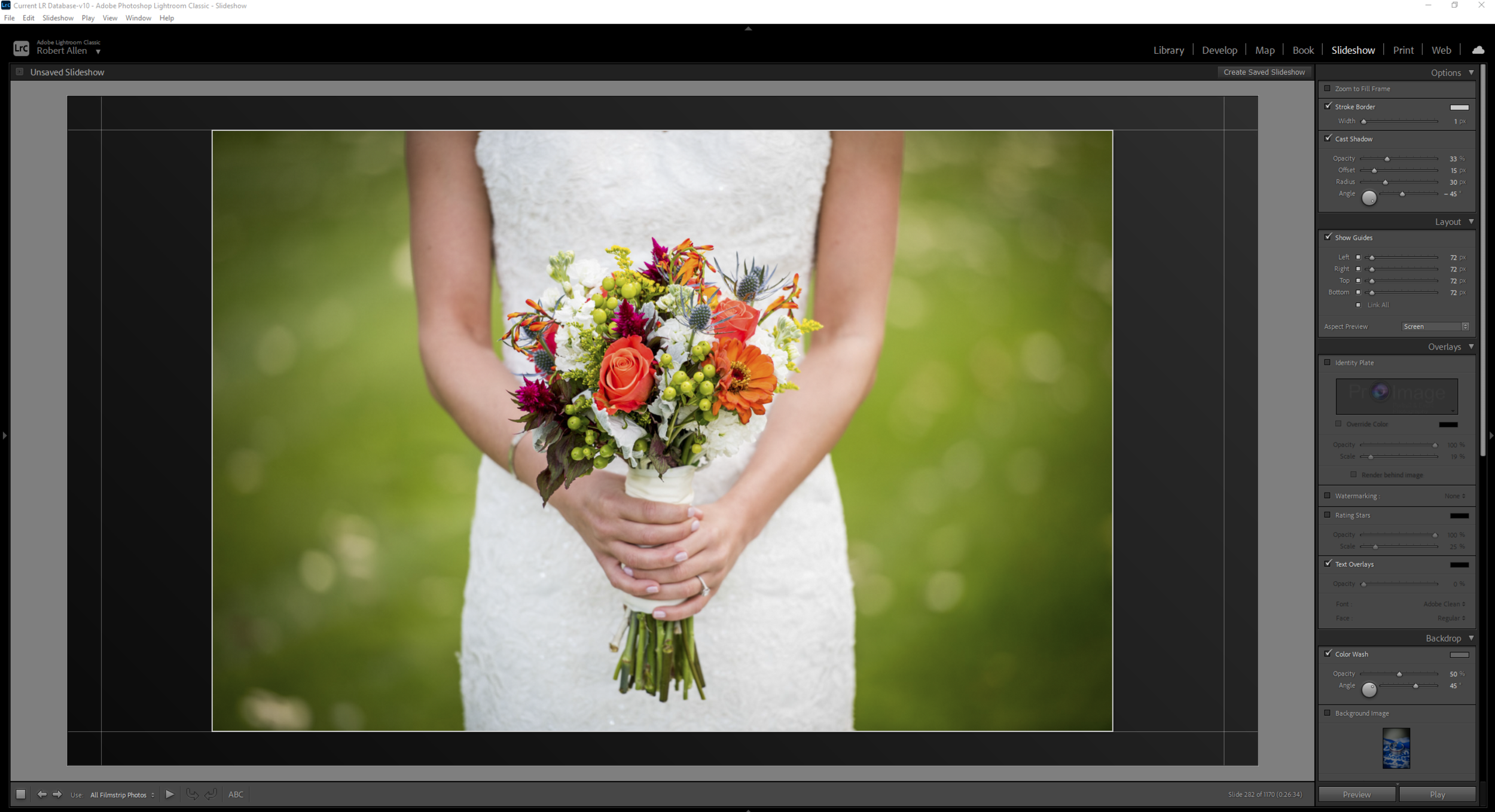What happens after you cancel your subscription to Adobe Lightroom Classic?
Search all Robert G Allen Photography articles:
After starting with version 1 of Adobe Lightroom back in 2007, I finally made the change to another photo editing software package, Capture One, at the end of December 2020. I will leave my experiences so far with Capture One for another article. I was perfectly happy with Lightroom and Photoshop but with the subscription model for both of these products (I subscribed to the Photographers plan), I didn’t feel that paying a monthly fee in perpetuity was a sustainable financial arrangement for the long term.
I don’t plan on migrating my 335K photos in my Lightroom catalog to Capture One anytime soon. Even with products like Avalanche that claim to be able to migrate all your photos and their Lightroom adjustments to other competing packages like Capture One, I will wait and see the reviews first before starting that process (I still may decide to just leave everything in Lightroom).
This means that I will be accessing photos in Lightroom for the foreseeable future if I want to make use of over 20 years of past content.
I wanted to share with you my experience using Lightroom now that my subscription has been canceled since the end of 2020 and what functionality remains.
The Photography plan subscription includes both Photoshop and Lightroom Classic. First, let’s cover what happens with Photoshop post subscription. When you launch Photoshop, a message comes up similar to what happens with Lightroom (see Lightroom screenshot below). However, unlike Lightroom, there is no functionality in Photoshop. Once you close the popup Adobe subscription options dialog box, Photoshop immediately shuts down.
With Lightroom Classic, it’s a similar experience when you launch the program; a popup dialog box (as shown below) appears but with one major difference compared to Photoshop. When you close the subscription options notice, Lightroom stays running!
Let’s explore each module in Lightroom Classic and their remaining functionality, if any, post subscription.
Library: The Library module appears to retain all functionality. That includes Quick Develop, Keywording, Keyword List, Metadata and Comments; all are usable. One thing to note is that the Quick Develop panel remains fully functional (with no local adjustment options as when subscribing). All options in the screenshot below remain working, including all presets, both built-in and user presets. In addition, all of the drop-down menus remain usable in the Library module including exporting images, creating collections and etc. Be careful when using the Crop Ratio option in the Quick Develop panel. You can only change the crop ratio but cannot resize the crop.
Develop: No surprise here. The message below appears in the center of the screen when selecting Develop on the top menu. In addition, all adjustment options in the Develop side panels are greyed out.
Map: This one is misleading at first. When you click on Map, the map launches as if it’s going to work. Then it disappears shortly after with the following message below:
Book: Surprisingly, the Book module appears mostly intact. I say mostly because I didn’t actually login to Blurb and complete an order, but I assume that since the Blurb dialog box popped up when I clicked on the Send Book to Blurb button that it would allow me to complete my order. All options in the side adjustment panels appear to be working as well, allowing you to design your book as if you were still subscribed.
Slideshow: Slideshow retains full functionality. All side panels worked, and nothing was greyed out. It allows you to export your slideshow with the same options as if you are still subscribed.
Print: An unsubscribed version of Lightroom allows full printing abilities. All side panels worked, and nothing was greyed out. It allows you to print to your printer of choice.
Web: The web module retains full functionality. I could export this webpage gallery to a HTML file and post to a webserver.
Summary: I was very surprised with the number of options and features left intact with an unsubscribed version of Lightroom Classic. On one hand, only 2 out of the 7 modules no longer function. On the other, at least one of those 2, Develop, is the most important and the meat of Lightroom. Develop is where photographers spend most of their time and is obviously no minor omission. The elimination of the Map module, I would guess for most users, is an inconsequential one compared to the absence of Develop.
What about future updates to Lightroom Classic? You’re probably assuming that no updates will be provided after you quit your subscription, at least that’s what I thought. And with no updates, Lightroom Classic will eventually stop working as changes are made to both Windows and MacOS and that future camera models will not be supported. Actually, I have continued to receive updates! When I quit subscribing at the end of December, the current version was 10.1. To my surprise, I received a notice from Adobe that an update was available. I’m now on version 10.2. I’m assuming that I will continue to receive updates with future camera models supported.
I realize that to most photographers (including myself), the remaining functionality is a moot point if the Develop module is not accessible, making Lightroom Classic useless to non-subscribers. Of course, Adobe could make changes and increase or decrease remaining functionality for non-subscribers going forward (especially if they read this article). Only time will tell.























As a full time Capture One user (no Adobe products for me), I’m eagerly waiting for May 8th, 2025. For that is the date of their new product announcement. I have no idea what features could be announced but if they are saying “Their biggest update ever” I’m assuming it’s going to be truly big.